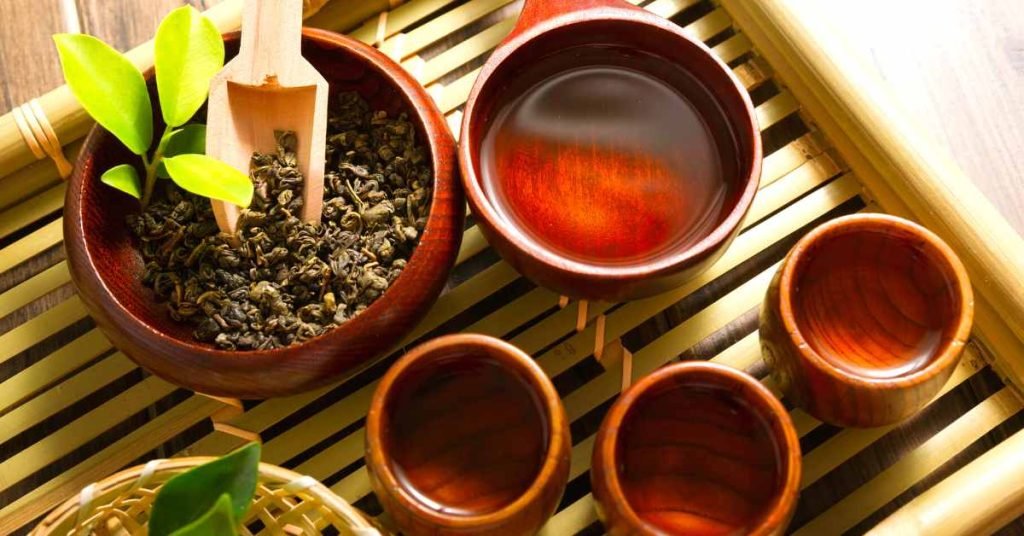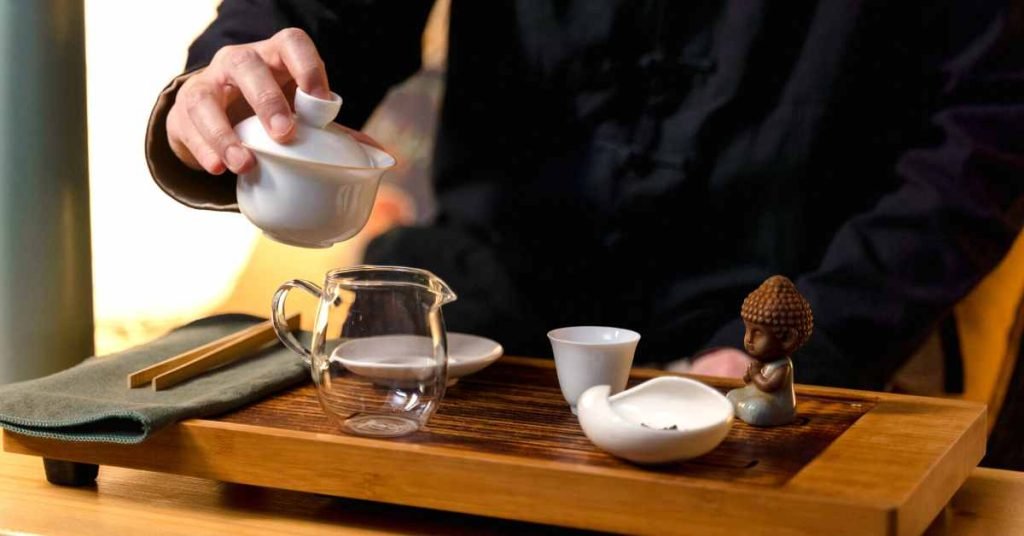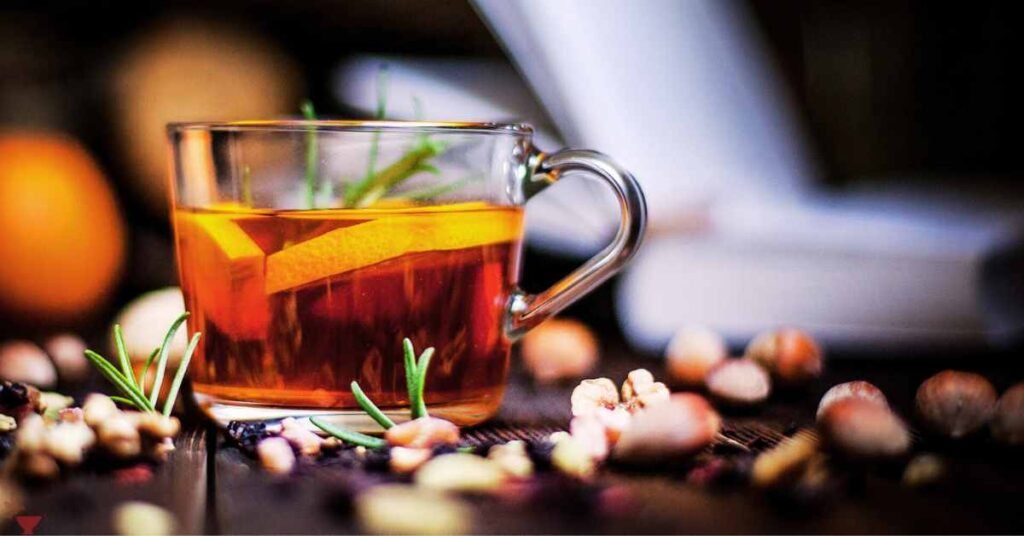For centuries, tea has been an integral part of many cultural traditions around the world. One such tradition is the role of tea in coronations.
From the elaborate ceremonies of the British monarchy to the ancient rituals of the Chinese emperors, tea has played a significant role in the history of coronations.
In this article, we will take a closer look at the history of tea at coronations, exploring how it has been used to symbolize power, honor traditions, and bring people together in celebration.
Join us on a journey through time as we delve into the fascinating history of tea at coronations.
Royal tea traditions refer to the customs and practices associated with the preparation and consumption of tea in the context of royalty.
These traditions are often steeped in history and cultural significance and vary depending on the country and time period.
UK Royal Tea Ceremonies

In the United Kingdom, royal tea traditions date back centuries and are closely associated with the monarchy. One of the most well-known traditions is afternoon tea, popularized by Queen Victoria in the 19th century.
Afternoon tea typically consists of a selection of sandwiches, scones with clotted cream and jam, and a variety of cakes and pastries, accompanied by tea served in delicate china cups and saucers.
In addition to afternoon tea, the royal family also has their own exclusive blend of tea, known as the Royal Blend. This tea is a combination of Assam, Ceylon, and Kenyan teas, and is only served in royal palaces and on royal occasions.
Another important aspect of royal tea traditions in the UK is the role of the tea server, who is responsible for preparing and serving the tea to the guests.
This role is typically performed by a member of the household staff, who is trained in the art of tea service.
Japanese Royal Tea Ceremonies

In Japan, tea has been an important part of royal traditions for centuries. The Japanese tea ceremony, also known as Chanoyu, is a highly ritualized practice that emphasizes harmony, respect, and tranquility.
The ceremony involves the preparation and serving of matcha, a powdered green tea, and is typically performed in a dedicated tea room or garden.
The Japanese royal family also has their tea traditions, including a special blend of tea known as the Koi-cha, which is made from older leaves and has a deeper flavor than regular matcha.
The tea is often served during formal occasions and ceremonies and is considered a symbol of the royal family’s connection to nature and tradition.
Chinese Royal Tea Ceremonies

Chinese royal tea ceremonies, also known as Gongfu tea ceremonies, have a long history dating back to the Tang dynasty (618-907 AD). These ceremonies are steeped in tradition and are considered an important aspect of Chinese culture.
During a Gongfu tea ceremony, a tea master prepares and serves tea to guests with precision and care. The ceremony involves several distinct stages, each with its own set of rituals and procedures.
The first stage involves selecting and preparing the tea leaves. The tea master carefully chooses the tea leaves and prepares them by rinsing them with hot water.
The second stage is the brewing stage, during which the tea is steeped multiple times. Each steeping is done for a specific duration, and the tea is poured into small cups to be served to the guests.
The third and final stage is the serving stage, where the tea master presents the tea to the guests. The tea is served in a specific order, starting with the guest of honor, and each cup is offered with both hands as a sign of respect.
Chinese royal tea ceremonies are more than just a way to enjoy tea; they are a symbol of respect, hospitality, and social harmony.
The ceremonies are deeply rooted in Chinese culture and are considered an important way to connect with others and celebrate traditions.
Exploring the History of Tea at Coronations
Tea has been an integral part of British culture for centuries, and it has played an important role in many royal ceremonies, including coronations.

The history of tea at coronations dates back to the early 18th century when tea drinking became popular in Britain.
The first recorded instance of tea being served at a royal coronation was during the coronation of King George II in 1727. However, it wasn’t until the coronation of Queen Victoria in 1838 that tea became an established part of the ceremony.
Queen Victoria was a great tea enthusiast, and she made sure that tea was served at all her official functions. At her coronation, tea was served to the guests during the interval between the crowning of the queen and the banquet.
The tea was served in silver teapots, which were specially made for the occasion.
In the years that followed, tea became a standard part of all royal coronation ceremonies. During the coronation of King Edward VII in 1902, tea was served to the guests in the banqueting hall after the ceremony.
Tea was also served during the coronation of King George VI in 1937, and Queen Elizabeth II’s coronation in 1953.
Over the years, the tea served at coronations has evolved to reflect changing tastes and customs.
At Queen Elizabeth II’s coronation, for example, the tea was served with cakes, sandwiches, and biscuits, while at King George VI’s coronation, the tea was served with fruitcake and champagne.
Today, tea continues to be an important part of British culture, and it is often served at royal ceremonies and events.
The tradition of serving tea at coronations is a testament to the enduring importance of this beloved beverage in British culture and history.

King Charles III’s coronation on May 6th will most likely include a Royal tea party.
As the rumor circles, the new monarch fancies a good cup of Darjeeling with a splash of milk, so you might also want to indulge your senses and celebrate the good King with this tea.
Final Word
As we have seen, the history of tea at coronations is a rich and varied one.
From the humble beginnings of tea as a medicinal beverage to its central role in the grand ceremonies of royalty, tea has played a significant role in the cultural traditions of many nations around the world.
Through the ages, tea has symbolized power, respect, and unity, bringing people together in times of celebration and change.
As we continue to enjoy tea in our daily lives, let us remember the long and fascinating history of this remarkable beverage and the important role it has played in the great events of human history.
MEDICAL DISCLAIMER
Itsnevernotteatime.com cannot and does not contain medical/health advice. The medical/health information is provided for general and educational purposes only and is not a substitute for professional advice.




